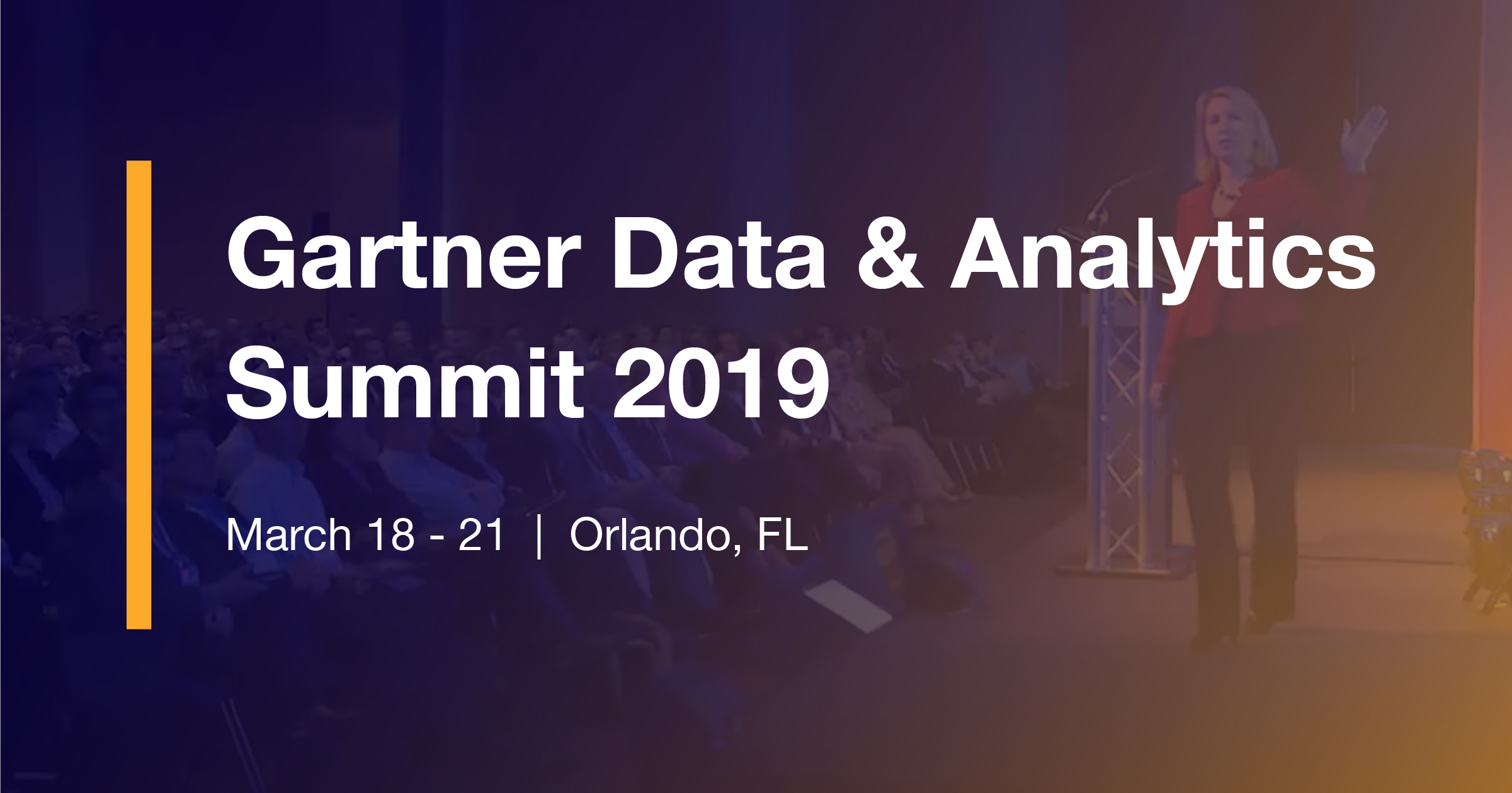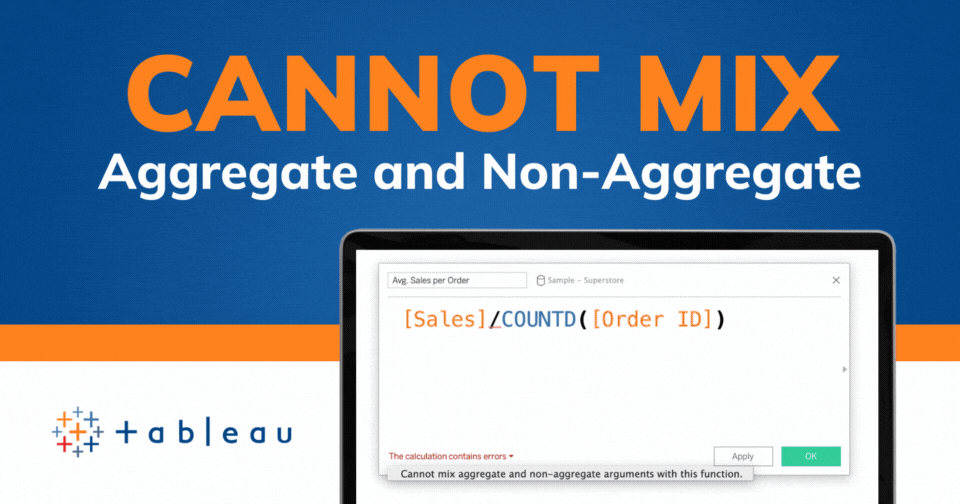Tableau Conference 2025 | Know Before You Go
If you’re a data enthusiast, analytics professional, or just someone curious about Tableau’s latest innovations, the Tableau Conference 2025 is your...

A few weeks ago, Luke Komiskey and I had the chance to head down to Orlando, Florida for the annual Gartner Data and Analytics Summit. Besides apparently dragging down the cold rainy weather with us from Minneapolis, Luke and I both thought the conference was well worth the trip. We both enjoyed the opportunity to affirm and refine our thoughts on where the BI industry is heading, meet up with old friends, make some new ones, and hear some really interesting takes on how people are putting analytics to work in their organizations. Below you’ll find our recap of the more interesting takeaways from the conference.
Self-service analytics isn’t something people need to be sold on anymore. Most organizations are rolling out on-demand analytics in some form or another (and to varying degrees of success) and using some common tech stacks to do so. They’re creating Analytics Centers of Excellence to support this aim, and using an interesting mix of centralized and decentralized functions to strike the right balance between shared best practices and consistency with responsiveness and focused domain expertise. We now have better ways of communicating data through modern BI platforms like Tableau, that can lead to faster and richer insights. All this to say, the work is far from over...
The maturing of modern business intelligence platforms (Tableau, Qlik, Power BI, etc.) has made it easier and faster than ever to create and deliver reports and dashboards to decision makers everywhere. So much so, that development talent no longer seems to be discussed the way it was even five years ago. The conversation has shifted, both up and down the data pipeline, as the next focal point for both scarcity and value-added work to be done to support the grand vision of a data-driven organization.
I heard data engineers referred to multiple times as “the next unicorn” on one end of the pipeline, and data literacy as the next movement on the other end. The goal of the latter being to not just get the business to open dashboards, but to interrogate them with the right understanding of how (and how not) to interpret them appropriately, and maybe more importantly, know how to engage with developers to build the right things to support the right questions.
Finally, to (hopefully) no one’s surprise, data science is still a hot topic, but in more ways than just the direct application of providing some sort of output to support a decision made by the business. Machine learning is being injected into the very tools that support the deployment of machine learning in the organization. From data governance and cataloging, to model optimization and deployment, we’re seeing the beginning of algorithm inception, with some promising outcomes. I don’t see them putting data scientists out of work just yet, but they will certainly make finding the right input data easier and will automate enough of the model selection process to help scale the work of one data scientist into perhaps the output of two.
Overall, I was really happy with the time spent at the conference. Many great sessions on how to build a great BI strategy, engage your BI teams, leverage the right tools, and move your organization further up the path to becoming fully data-empowered. Here are a few final highlights to wrap things up:
Lots of engaging talks all week, but I really enjoyed Jake Knapp’s message. I still find myself thinking of his father’s quote throughout the day (“Find a way to enjoy your work, because you’ll spend most of your life doing it”). His thoughts on the design sprint are particularly well-suited for the type of work we deliver here at DataDrive, and I’m excited to bring some elements into our current agile workflows.
“This is not retail therapy; you can’t buy your way in, or out, of this problem”.
-Nick Heudecker on why ‘data culture’ is so important at an organization and how no amount of tech spend can save you from yourselves; the culture must be right before you can get the full value out of your stack.
There were a number of impressive showings this year, many focused on making the task of data access and governance more manageable. My heart still sits toward the tail end of the data pipeline, where players like DataRobot and Thoughtspot are creating some very compelling products. Kudos to Thoughtspot for trying to make data even more accessible to anyone in the organization, and to DataRobot’s ability to not only quickly select an optimal ML model, but build transparency into the output. This addresses a key barrier to model adoption we see in practice today.
Really digging my Alation Astronaut socks right now…
BBQ and Sweet Tea Old Fashioneds at the Polite Pig really hit the spot when we took a car over to Disney Springs for the evening. Bonus points for the lively Irish pub experience at Raglan Road to follow it up!
-2.gif)
If you’re a data enthusiast, analytics professional, or just someone curious about Tableau’s latest innovations, the Tableau Conference 2025 is your...

Tableau Plus is the new premium offering from Tableau, a leading data visualization and business intelligence platform. It builds upon the...

If you've spent any time working with Tableau, you've likely encountered the dreaded "Cannot Mix Aggregate and Non-Aggregate Arguments" error. It's a...